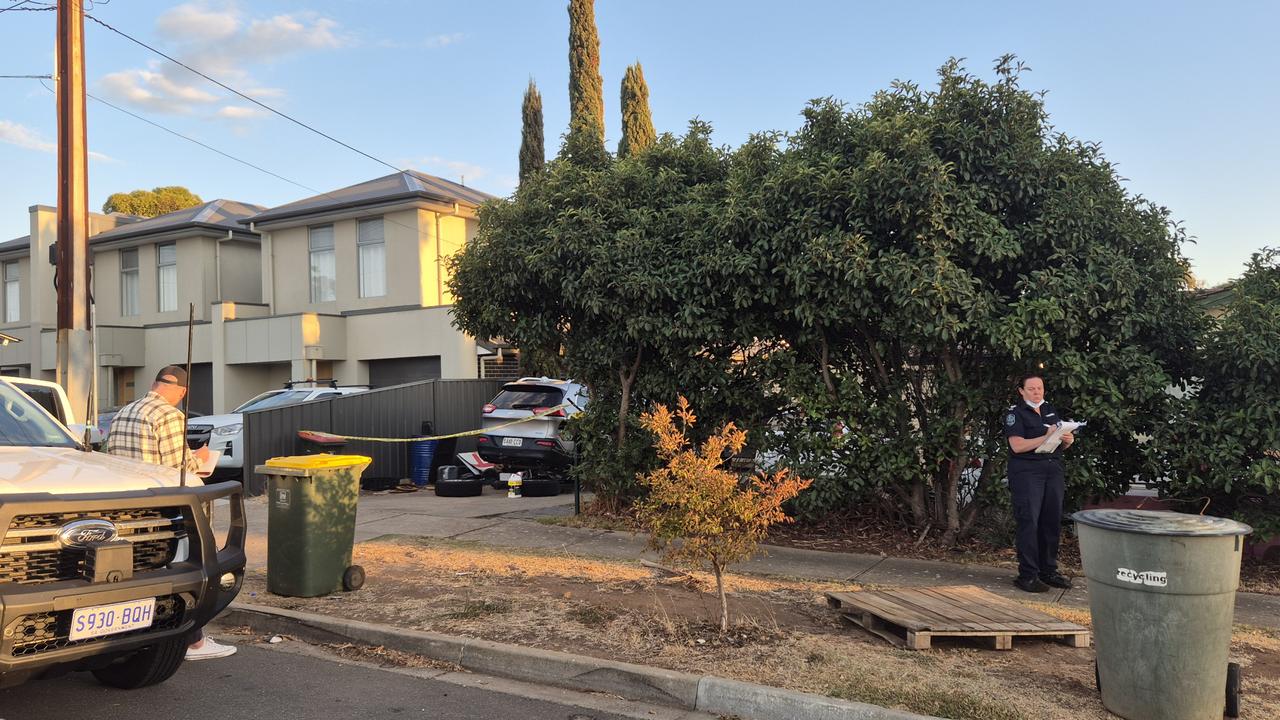Remembrance Day: Students and family gather to commemorate SA’s surviving WWII veterans
Beaten as his friends died around him, Chook Fowler suffered unfathomable horrors for three years as a Japanese prisoner of war. So why has his life been “very happy”?
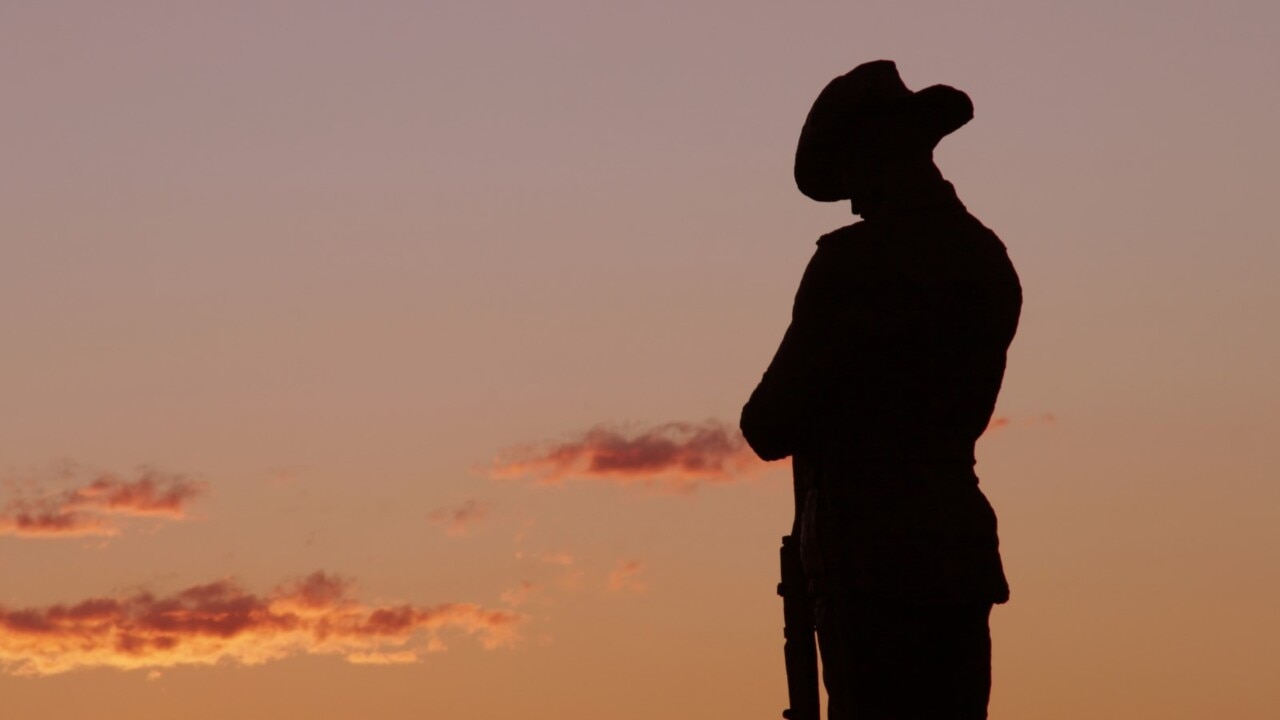
SA News
Don't miss out on the headlines from SA News. Followed categories will be added to My News.
As the sun bore down on a flag at half mast, West Terrace Cemetery hosted South Australia’s – and likely Australia’s – largest gathering of World War II veterans to commemorate Remembrance Day.
Sitting among the graves of 4167 former servicemen and women in Australia’s first dedicated military cemetery, nine WWII veterans – four more than 100 years old – were surrounded by family as the Last Post rang out.
Behind them were family, friends and students from 10 primary and secondary schools, who laid wreaths in honour of those lost in battle.
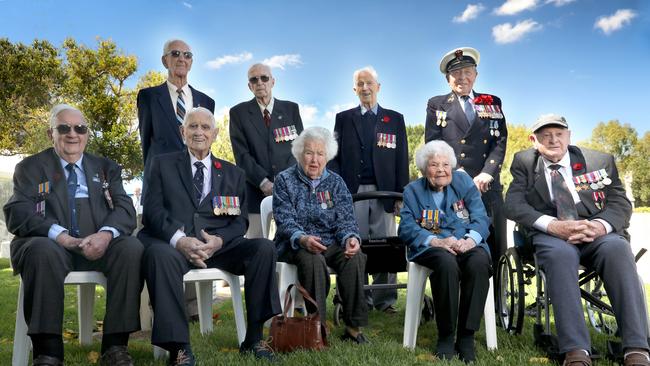
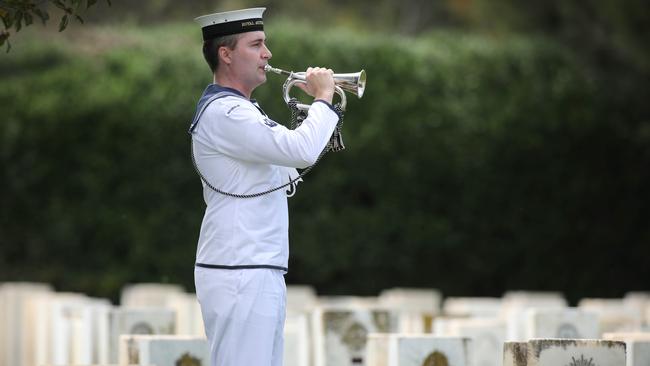
Among the attendees was Keith ‘Chook’ Fowler, who turns 102 next week, believed to be the last surviving South Australian prisoner of war of the Japanese.
A beloved Somerton Park resident, Mr Fowler recently had a street named after him – Fowler Lane – to commemorate his service.
The 101-year-old enlisted in July of 1940 and served in the 2/3rd Machine Gun Battalion in the Middle East, Java, Jakarta, Thailand, in the Syria campaign, and also a prisoner of war working on the Thai-Burma Railway.
For three years he saw friends die by his side, was beaten, contracted malaria – with his temperature shooting to above 42 degrees – and suffered severe burns to his leg after falling while carrying a bucket of scalding hot tea.
Mr Fowler has been through trauma few could imagine, but said it was the bright side of life that kept him going through his darkest hours.
“I was like every other idiot, we all felt we had to go and save the world. That was the adventure,” Mr Fowler said.
“The experience I had turned me from a boy to a man – but it did have its effects.
“I received treatment to help me black out the past and now I only look at the bright side of life. I’ve been happy as a lark, I don’t let anything worry me now.
“I’ve had a very, very happy life. I have no regrets.”
For Mr Fowler, the last surviving member of his squadron, Remembrance Day was a day to commemorate those affected by war – not just servicemen and women, but their families.
“We try to give grace and love to those that have passed on, as we all will do one day,” he said.
“My only hope is, that for God’s sake, (we can) try and turn the world back to a place that is peaceful and loving.”

Ronald George, 97, has outlived all who served with him – but memories of the small, reprieving moments of joy with those mates from his deployment remain.
Mr George enlisted in the Royal Australian Navy in 1942, when he was just 17.
Aboard the HMAS Westralia, he worked with the American Seventh Fleet landing troops through the Pacific – driving a landing barge at New Guinea, the Philippines New Britain and three landings in Borneo.
Mr George’s favourite story of war comes in quintessentially Aussie fashion – a quest for a cold pint.
“There was a huge landing barge full of beer,” he said.
“We’d pull alongside at night time, pick the lock and take a crate of beer. Our landing barges have carbon dioxide cylinders – so we found out if you put a paper bag over the end and turn it on full bore, you create dry ice.
“So we’d put our beer in and it’d be cold – and the captain would wonder why all our extinguishers were failing.”
While he now lives a “quiet life” on his own in Mount Barker, Remembrance Day provides a moment to reflect alongside those who have lived it.
“The woman next to me turned 100 in June and I get to see her every year … it’s about remembering old friends,” Mr George said.
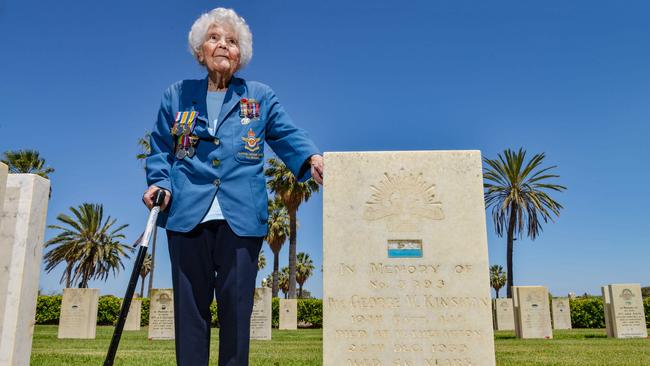
Military service runs deep in 100-year-old Thelma Zimmerman’s blood. On Friday, she took a quiet moment to lay flowers on the grave of her father, George Kinsman.
A World War I veteran, Mr Kinsman saw action on the Western front. He was gassed, shipped back to Britain and, after “some repairs” as Ms Zimmerman says, was sent straight back to the trenches.
“There was no R & R leave in those days,” Ms Zimmerman said.
When her father returned to Australia, he recounted the horrors of war and refused to allow his son and Ms Zimmerman’s brother, Sydney Kinsman, to enlist.
But when Mr Kinsman passed away aged 46, Sydney enlisted as a Rat of Tobruk, where he became a prisoner of war, while Ms Zimmerman – then working at an ice cream factory – and her husband, Albert ‘Alby’ Zimmerman, decided to join the military.
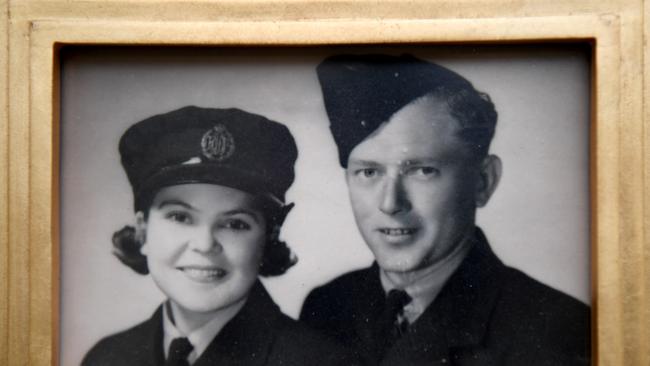
She became a telephonist in the Women’s Auxiliary Air Force, while her Alby joined Australia’s rag-tag team of Small Ships providing support to the US navy.
Ms Zimmerman, a stalwart of the War Widows Guild of South Australia after Alby’s death in 1975, was proud to see the next generation paying their respects.
“It’s been lovely to see so many young people attending to remember the wonderful things and sacrifices that the older people made.”
Primary and secondary students adorned the cemetery’s more-than 4000 graves with poppies to commemorate those lost – a gesture Adelaide Cemeteries chief executive Michael Robertson said signified how the event brought together generations.
“It’s such a great honour to be able to bring the schools together to interact with the veterans, it’s a fantastic morning and we’re absolutely privileged to be part of it,” Mr Robertson said.




